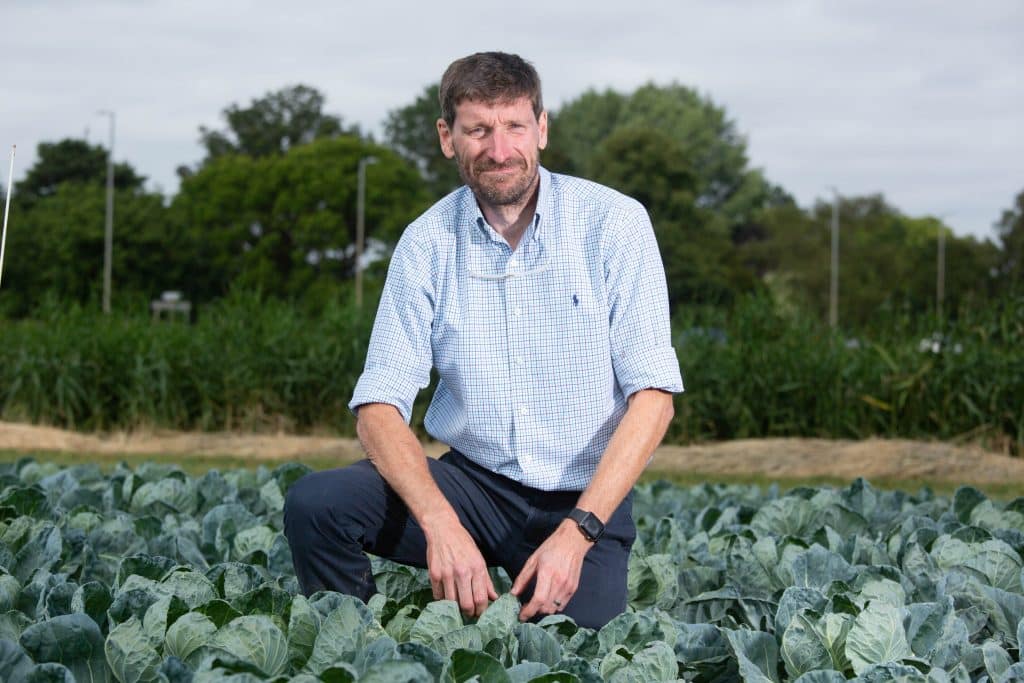Market is healthy, but production is challenging – The Vegetable Farmer
Salad and brassica growers attended a conference covering a range of topics from crop protection and agronomy to politics and marketing ...
For the second time in three months growers from across the UK descended on Leicester Tiger’s Mattioli Woods Welford Road Stadium for a conference. This time it was the turn of salad and brassica growers for their associations’ joint conference, which covered a range of topics from crop protection and agronomy to politics and marketing.
Introduced by David Clay of sponsor’s Elsoms and chaired by Andy Richardson of the Allium & Brassica Centre, the second session of the day looked at agronomic and technical issues, with Simon Conway and Kim Parker of Horticultural Crop Protection Limited explaining what the organisation has achieved to date and identifying particular ricks for the salad and brassica sectors, such as caterpillar and aphid pests, downy mildew, and weed control.
“On brassicas there is again a focus on insect control,” said Kim. “We had a significant gain almost two-years ago with an EAMU for Minecto One for Diamondback moth control on kale and oriental cabbage, and we also managed to get a renewal EAMU for Gazelle SG on Brussels sprouts, and root crops for swede and turnip.
“We have had some disappointments as well and the applications can be hard. After a lot of discussion with CRD [EAMUS for Gazelle SG on cabbage, broccoli and cauliflower, and Allstar on kale and collard] were refused and the conditions of use we require for these products for use on brassicas or other minor uses are very difficult to get past the risk assessments that are required by CRD.”
One example of this is the declining number of seed treatments available for many crops, and Simon stressed that this is often due to the perception about how seed is sown or spillages are dealt with. He expressed hope that continuing a dialogue with CRD about factors such as modern precision drilling could help alleviate this in the future.
With fewer chemical control options available, the use of integrated crop management (ICM) becomes even more important, and Professor Rosemary Collier OBE from the University of Warwick cited aphids as being a particular example where this is true. “What I’m going to say about aphids is relevant to all types of pests on vegetable crops,” she added. “There are five many species with slightly different life cycles and host species, but to a certain extent we treat them all the same.
“On brassicas there is a pronounced reliance on three insecticides: spirotetramat, which is going in the EU; indoxacarb for caterpillar control, and that’s going soon in the UK; and lambda-cyhalothrin where on brassicas there are resistances in a whole range of pest insects. To me that seems quite a precarious situation, and there is a similar chart for lettuce, but there are less resistances because the pest complex is smaller… The whole of continental Europe has similar, if not worse, pesticide issues and Dutch growers are enormously concerned about the loss of spirotetramat.
“In the future there will be fewer silver bullets, although novel products are encouraging in the longer term. More knowledge-intensive approaches. will be needed and there will be more real-time information available. We will need greater integration of different tools and approaches, and it is important to give diversity a chance, and plant breeding is absolutely critical.”
